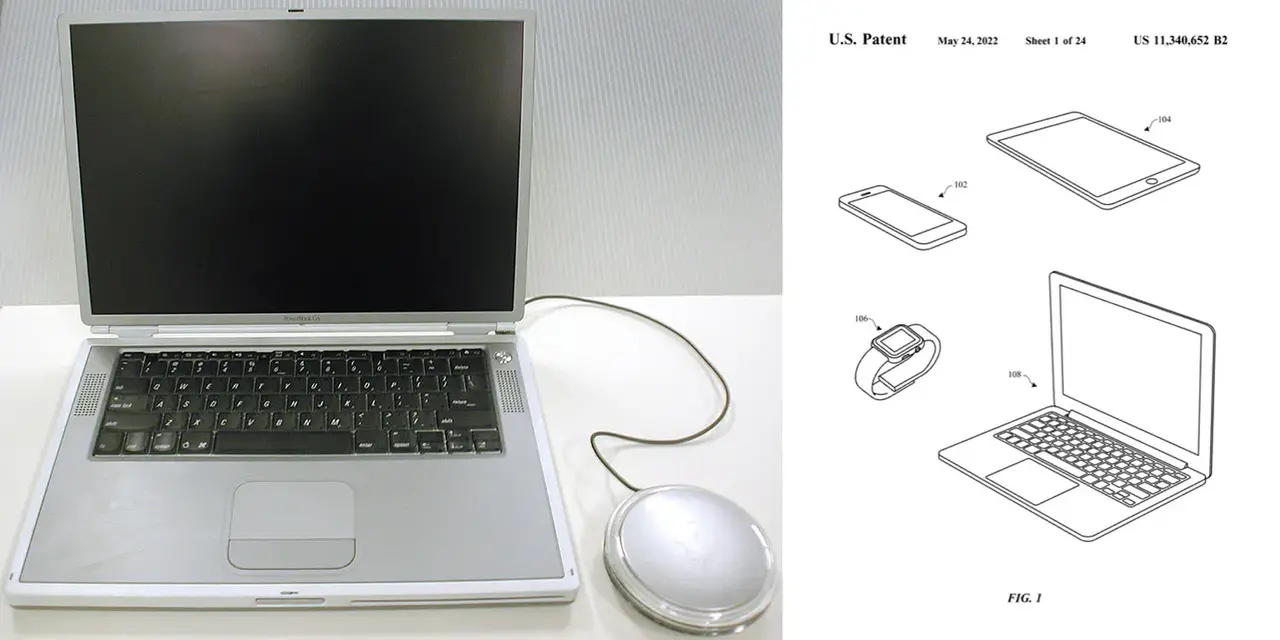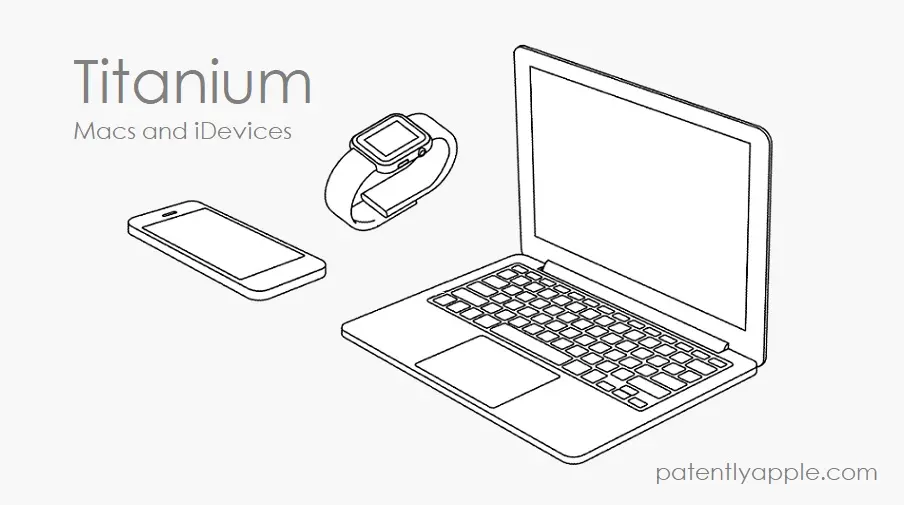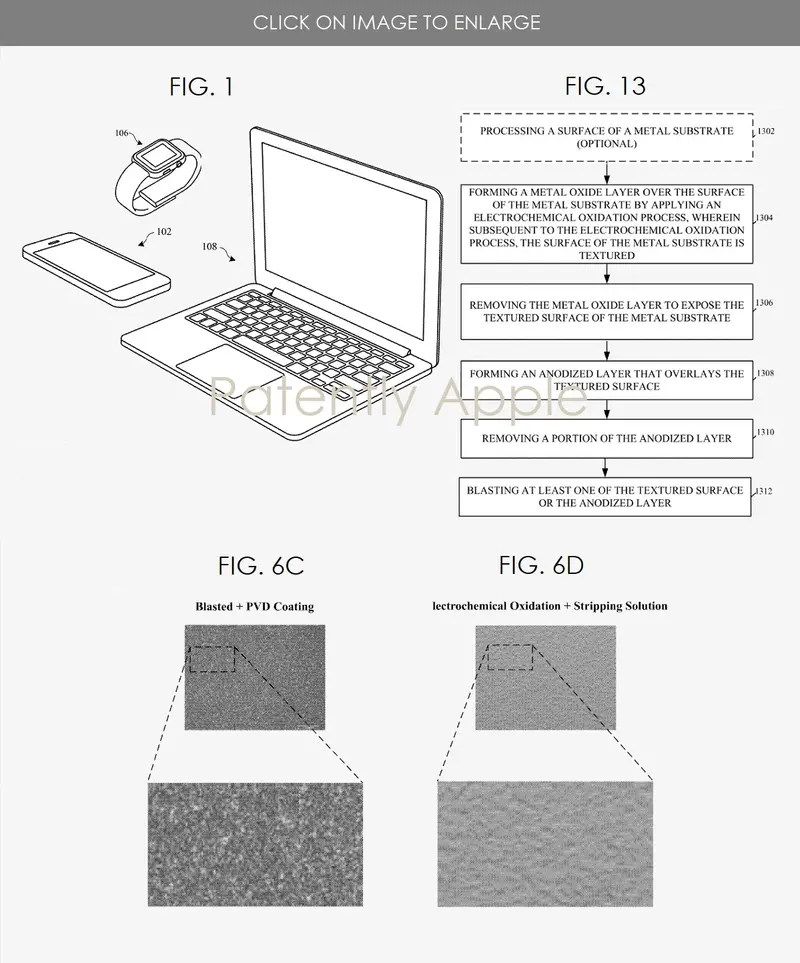In a technology patent last year, apple is exploring the use of titanium alloy to build iPhone, iPad and MacBook, and today Apple has obtained a related patent. The patent describes the process of creating textured surfaces on titanium alloys and uses Apple watch, iPhone, iPad and MacBook in illustrations.

In fact, at present, apple watch provides titanium alloy version, and has previously provided titanium notebook - powerbook G4. This product was sold between 2001 and 2003 and was later replaced by aluminum models.
In last year's patent, Apple The method of providing semi smooth surface for titanium alloy is described. In this technology patent, sandblasting and etching are combined with chemical anodizing process to achieve the expected surface effect. Apple said the former can better hide metal defects, while the latter can provide better protection.
Titanium is heavier than aluminum, but much stronger, but thinner materials can be used to achieve the same strength and hardness. The end result is that the shell of titanium alloy will be lighter than that of aluminum.
We have seen past rumors that apple is developing a titanium iPhone --Although the prediction of iPhone 13 certainly didn't come true. Today's patent begins by describing the challenges posed by titanium alloy housings:
The portable electronic device may include various operating components (E. G., a display screen, a processor, an antenna, etc.). The shell of these portable electronic devices can be formed of various metals (such as anodized aluminum oxide) with high strength and hardness to protect these operating parts. In addition, it is best to process these shells to give them an attractive surface gloss. However, although certain types of metals have high strength and stiffness, it is also difficult to produce attractive surface finish. Therefore, it is necessary to implement the technology of processing these specific types of metals.
It goes on to describe different ways of creating interesting textured surfaces, and quite puzzling is that it describes them as matte surfaces (puzzling is that metals are matte in their natural state, although it is often polished).


It is worth noting that these patents do not necessarily translate into goods. The company has a large number of patents, of which only a small part can enter the product. However, the titanium alloy Apple watch provides some basis for optimism here. Patently Apple points out that this is the eighth patent related to this material.